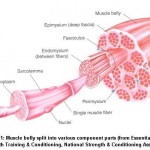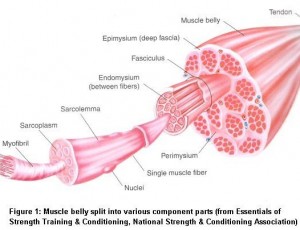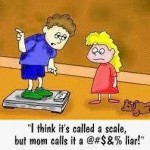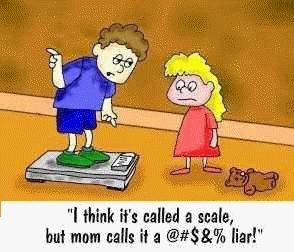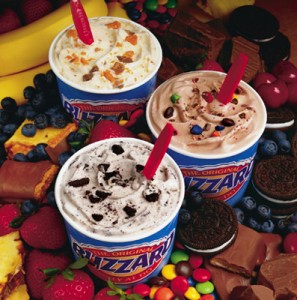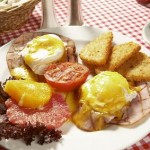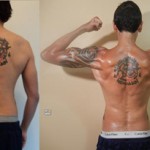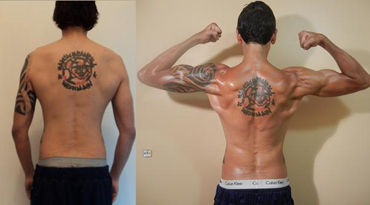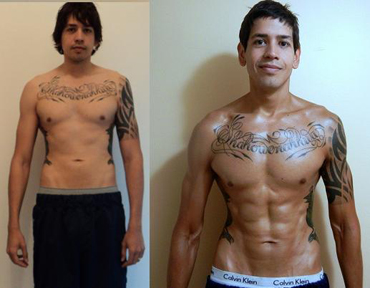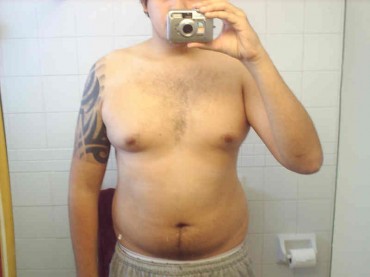Working out with weights causes muscles to adapt and grow, this is nothing new. The pattern of muscle growth however, is not as obvious as we might have thought.
Most people think you train a muscle and the entire muscle simply gets bigger in a uniform and evenly spread out way…but this is a false assumption.
New research is showing that muscles do not grow in a uniform pattern, in fact research is showing certain areas or ‘chunks’ of the muscle grow to a greater degree than other ‘chunks’.
This non-uniform growth is due to many factors that come into play when we start working out with weights. These factors include:
1. Volume of training
2. Intensity of training
3. Frequency of training
4. Velocity of reps performed
5. Muscle pennation angle
6. Muscle fiber length
7. Distribution of muscle fiber types within a given muscle group
8. Type of exercise performed
9. Previous training experience
And this is just the short list.
Modern imaging techniques such as functional Magnetic Resonance Imaging and 3D MRI are starting to reveal what is really going on in the muscle when we lift weights in an effort to make them bigger and stronger.
In the UNCENSORED audio program named “Non Uniform Muscle Adaptation – How Do Muscles REALLY Grow?”, released today, we review the latest research on muscle adaptations to strength training and determine how much or how little of a muscle we can really activate while working out and what is necessary for maximum muscle growth.
We also look into the research that the same muscle does not grow at the same rate from top to bottom and we may indeed be able to change the ‘shape’ of a given muscle group if we know how to active the entire muscle.
John
Login and Download Podcast Here
For more information as well as how to get access to Adonis UNCENSORED, click the link below:
Adonis UNCENSORED Premium Podcast
